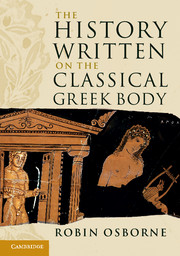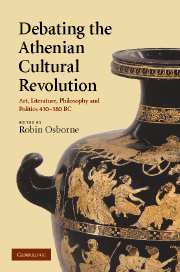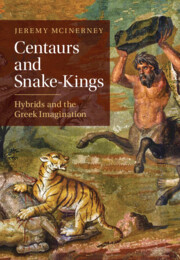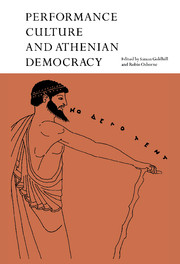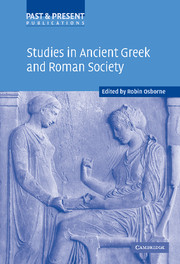The History Written on the Classical Greek Body
This book challenges historians to come to terms with the distortions that they systematically introduce into their work by their reliance on what has been written on paper without looking at what was and was not written on the body. This book is concerned with the ways in which texts relating to classical Greece, and in particular to classical Athens, classified people and with the extent to which those classifications could be seen by the eye. It compares the qualities distinguished in texts to those distinguished in sculpture and painted pottery, and emphasises the frequent invisibility of the categories upon which historians have laid most stress – the citizen, the free person, the foreigner, even the god. The frequent impossibility of seeing who belonged to which category has major political, social, and theological implications which are explored here.
- Opens the way to a much richer and more complex picture of the past
- Questions established views of classical Athens as a 'men's club' where distinctions of status were paramount
- Brings out the contribution of images to the way in which people formulate questions and frame issues
Reviews & endorsements
"His aim is not to produce a history of the Greek body, but rather to use the body as a lens to bring into focus the biases and distortions inherent in more traditional text-centered histories." -- Zachary Biles, New England Classical Journal
Product details
August 2011Paperback
9780521176705
276 pages
247 × 175 × 14 mm
0.54kg
61 b/w illus.
Available
Table of Contents
- Introduction
- 1. Writing history on the classical body
- 2. The appearance of the classical Greek body
- 3. The distinguished body
- 4. The citizen body
- 5. Foreign bodies
- 6. Dirty bodies
- 7. Godsbodies
- 8. Telling bodies.

